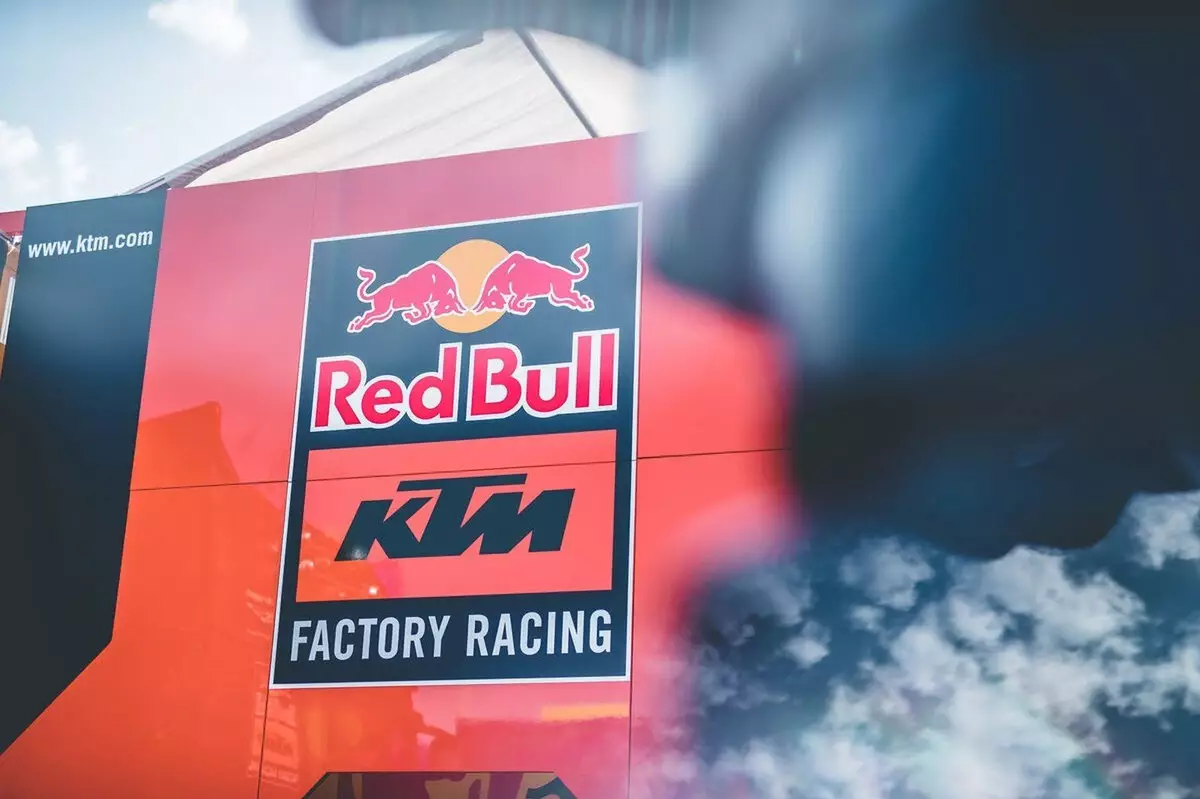The world of motorsport is renowned for its passion, speed, and the relentless pursuit of excellence. Yet, behind the adrenaline-fueled races and high-octane rivalries lies the stark reality of financial stability. Recently, KTM, the Austrian manufacturer known for its vibrant orange machines and competitive spirit, faced a significant challenge that could reshape its presence in MotoGP and its support classes by 2026.
On December 20, the winds of potential change began to swirl around KTM as the Alpenlandischer Kreditorenverband (AKV) reported that the company might be considering an exit from both MotoGP and its feeder series, Moto3 and Moto2. This revelation emerged following a meeting with creditors, where discussions revolved around reducing operational costs amidst KTM’s ongoing restructuring efforts. The grim prospect of leaving competitive racing to stabilize financially has sent shockwaves through the motorsport community, particularly among KTM’s fans and riders.
Key Austrian media outlets, such as Der Standard, amplified these concerns by confirming that KTM intends to part ways with motorsport activities, specifically in the context of MotoGP and its associated championships, starting in the 2026 season. The implications of this announcement cannot be understated, as it signifies a potential withdrawal from a platform that has allowed KTM to showcase its innovation and prowess.
An anticipated departure from MotoGP is laden with consequences, both strategically and reputationally. KTM was quick to reassure stakeholders and fans by stating that it will continue to participate in MotoGP for the upcoming year. This hedge against an early exit illustrates their awareness of the brand’s value tied to its competitive presence. The management has acknowledged the risk of severe public relations fallout should they be forced to exit the championship prematurely.
Contracts with talented riders like Pedro Acosta, Brad Binder, Maverick Vinales, and Enea Bastianini provide a layer of complication to any potential withdrawal. These agreements extend through the end of the 2026 season, creating significant obligations for the manufacturer. Furthermore, KTM holds a binding contract with Dorna, the promoter of MotoGP, until the end of the current regulations cycle, which adds to their predicament.
Motorsport represents a hefty expense for KTM, with recent figures indicating an outlay of approximately €95 million on racing for 2023 alone. As the flagship company of Pierer Mobility Group, the decision to invest such significant funds in racing demands a careful evaluation against the backdrop of financial restructuring, especially given KTM has been under self-administration since November 29.
The proposed restructuring plan, submitted to the Wels Regional Court, encompasses plans to manage around €250 million over the next two years, underlining the gravity of their financial situation. With creditor claims amounting to potentially €3 billion hanging in the balance, the stakes are incredibly high. Any failure to meet these obligations could jeopardize KTM’s operational continuity, making an exit from the racing scene a financially sound decision despite the implications for their brand identity.
In the face of such turmoil, there is a silver lining for KTM’s workforce. Reports have surfaced indicating that employees will receive their December wages on schedule. This commitment to timely payments is crucial as approximately 3,600 employees in Upper Austria grapple with the uncertainty of the company’s future. With outstanding wages and bonuses also set to be processed soon, this could provide some much-needed reassurance among the workforce.
While the impending court hearing on February 25, 2025, will offer clearer insights into the restructuring plan’s viability, the motorsport world watches anxiously to see if KTM can navigate this financial storm while maintaining its competitive spirit. The decisions made in the coming months could redefine KTM’s legacy in motorsport and alter the landscape of MotoGP as we know it.
KTM finds itself at a critical juncture—caught between the allure of competitive racing and the unforgiving nature of financial realities. The road ahead is fraught with uncertainty, but one thing remains clear: the choices made will echo throughout the realm of motorsport for years to come.

